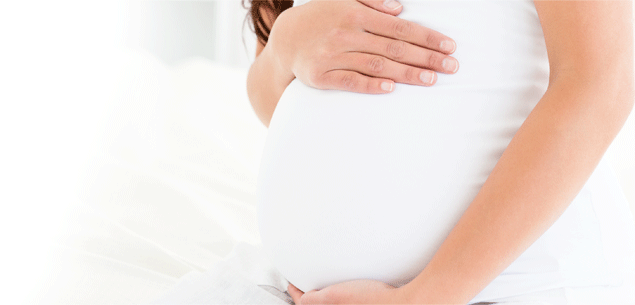With only weeks to go before she’s due, Catherine, Duchess of Cambridge, has apparently been looking into two different birthing options – water birth and hypnobirthing. And because Kate has shown an interest, that’s bound to mean other mums-to-be will follow suit. But what are the pros and cons?
WATER BIRTHS
This method involves going through labour and delivering in a small pool of water. It used to be unusual, but has become more commonplace over the last couple of decades. Today, many hospitals have pools in their birthing suite.
The benefits:
• Some childbirth experts say giving birth in water helps ease pain in the abdomen, back and vagina. This, in turn, may reduce the need for drugs and other pain relief.
• Promotes relaxation and can also help the labouring woman to conserve energy.
• May reduce trauma to the perineum and also the need for an episiotomy.
• Makes the arrival easier for baby, as the water is like being in the amniotic fluid.
The downsides:
• Some complications during labour mean it is best not to be in the pool for delivery. These include bleeding, high blood pressure, premature birth, breech birth and foetal distress.
• While water births can speed up labour, in some cases being in the water relaxes women to a point where hormones are released that slow down the contractions. Many midwives suggest waiting until the cervix is around 5cm dilated before getting in the water.
• Although babies are born with a reflex to stop water from entering their airways if they are fully submerged in the pool when delivered, on very rare occasions things can go wrong.
HYPNOBIRTHING
This involves teaching pregnant women self-hypnosis techniques – including breathing, relaxation and visualisation – to reduce the pain and fear associated with childbirth. It also gets their partner involved, as they can repeat affirmations that help with relaxation.
The benefits:
• Helps to get rid of fear and the knock-on effects it causes, such as muscle tension.
• May reduce the need for forceps or ventouse and the chance of interventions, such as episiotomies.
• Reduces fatigue during the labouring stage, so you’ve got more energy for the actual birth.
• Can mean quicker recovery after going through childbirth.
• May also mean the baby is less likely to be affected by interventions.
The downsides:
• There is no guarantee your delivery will be pain free. If you do need some relief, you may feel let down and that the training has been a waste.
• You may feel disappointed if you need other types of intervention or a caesarean.
• Learning the techniques is not cheap. It can cost about $400 per couple to attend group sessions, or $600 for private classes.




